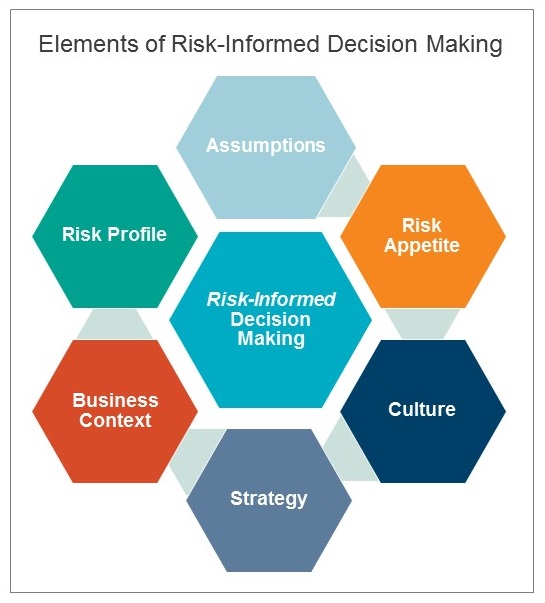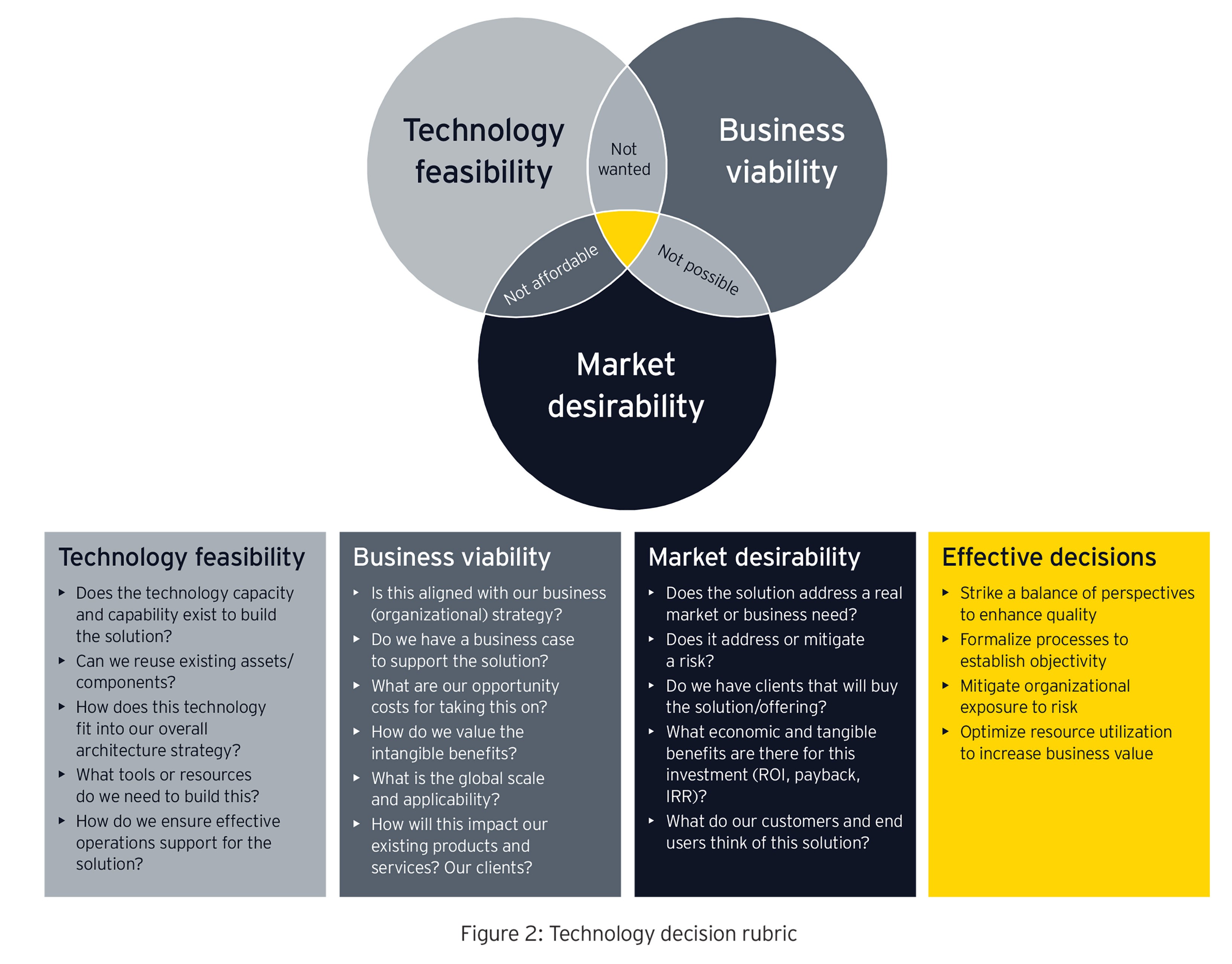
On what basis will you make your decision? What indicators and factors matter? No matter what kind of decision we make, we always have a set of criteria that we use to determine a course of action. Accept the number of refugees based on the proportion of United States population compared to all countries facing an influx of Syrian refugees.Accept 50,000 refugees and place within the United States proportional to population.Accept 10,000 refugees based on the White House’s statement.With the Syrian Refugees, I could generate alternatives like the ones below: Be broad in your alternatives, and you can whittle this list down as time goes on. Here, you construct the possible courses of action available to solve the problem. In the Syrian refugee scenario, I may start with statements the White House issued on this topic along with immigration figures from organizations like the World Bank, the International Rescue Committee, and the International Office of Migration.

You will find articles and documents the easiest to acquire, but data sets and interviews will greatly help if you can access them. Find data and information that can help you analyze the problem. If you forgot, many Americans feared that ISIS would use the refugee crisis to enter the United States in large numbers. Someone else may have framed the problem by looking at ISIS. Of course, the problem can be framed in many different ways, based on your values. Syrian refugees are fleeing to western nations at a rate faster than these countries’ immigration system can handle, the US included. What do you want to investigate? What is going on, and what conditions cause the problems you want to alleviate?įor example, if we went back to the end of 2015 when the Syrian refugee crisis flew into the world’s political discussion, how might you define the problem? We often approach personal problems in this way, where we learn information that requires us to question our basic assumptions, options, or path to solve the problem. Information gathered later in the process may result in the need to go back to a previous step. So, while the process may feel overwhelming or rigid initially, he designed it as a guideline with enough flexibility for you to add personal style or flair. Bardach’s Eightfold Path to Problem Solvingįirst and foremost, as Bardach points out, this path of problem solving is more of an art than a science.
#INFORMED DECISIONS HOW TO#
Now, I am going to do all I can to not make this topic dry or boring, because you can apply this process to solving many different types of problems - policy, business, or personal.Įugene Bardach wrote this eightfold path for more effective problem-solving, and I will walk you through how to apply it to some sort of political issue that fuels your fire. I learned this tool in graduate school, and it’s called Policy Analysis. For all of you getting involved, that’s fantastic, and I want to give you exposure to another tool to analyze the problems facing our world. People seem to care much more about political and global affairs.

I’ve seen a remarkable increase in political engagement over the past two years. An 8-step process to making well-informed decisions and opinions


 0 kommentar(er)
0 kommentar(er)
